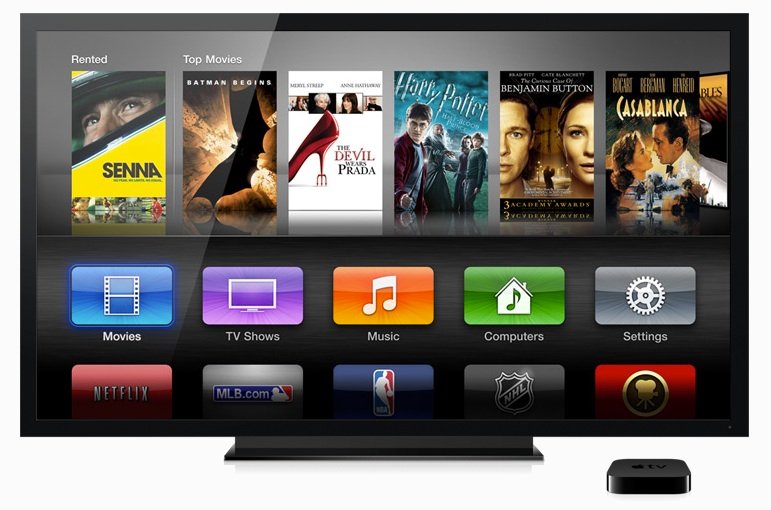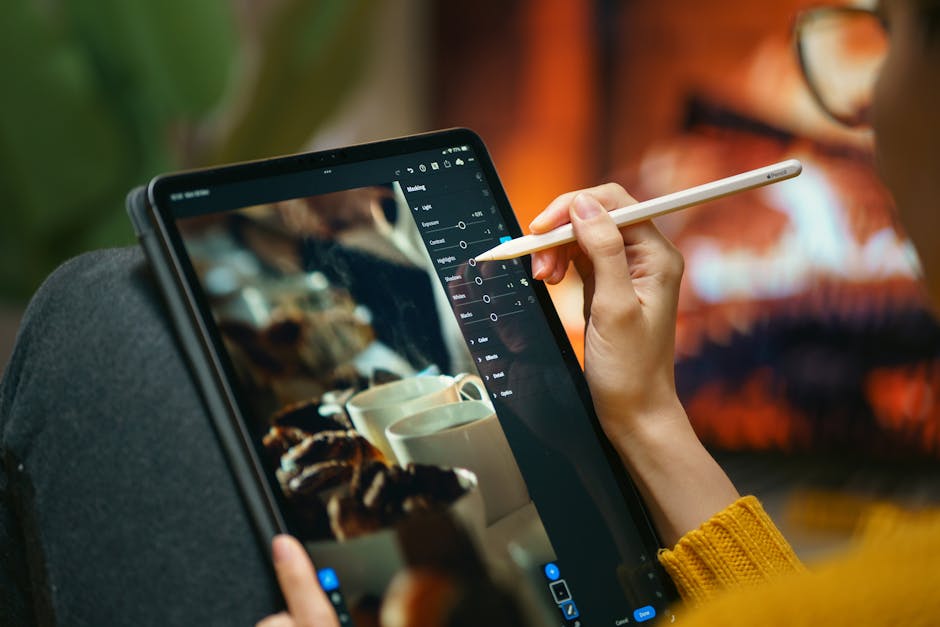The Next Chapter for Apple TV+: Shifting from Content Curation to Aggressive Market Domination
In the hyper-competitive arena of streaming services, where giants like Netflix and Disney+ have long dominated the landscape with vast content libraries, Apple TV+ initially carved out its niche with a distinct, “quality over quantity” approach. Relying on the strength of the Apple brand, critically acclaimed original series, and seamless integration into its hardware ecosystem, the service established itself as a purveyor of premium, curated entertainment. However, the latest Apple TV marketing news signals a dramatic and strategic evolution. Apple is no longer content to let its award-winning shows speak for themselves. The company is aggressively building a new marketing playbook, centered on high-profile executive hires and the cultivation of deep, multi-faceted brand partnerships. This strategic pivot isn’t just about gaining more subscribers; it’s a calculated move to embed Apple TV+ more deeply into popular culture and solidify its position as an indispensable pillar of the ever-expanding Apple ecosystem.
This shift represents a maturation of Apple’s services division, moving from a passive, hardware-driven promotional model to an active, entertainment-first strategy. By bringing in seasoned industry veterans with extensive experience in forging blockbuster brand deals, Apple is signaling its intent to compete on all fronts. This article delves into this evolving strategy, analyzing what these partnerships entail, how they integrate with Apple’s broader hardware and software ambitions, and what this new, aggressive approach means for the future of streaming and the entire landscape of Apple ecosystem news.
The Evolution of Apple TV+ Marketing: From Content-King to Partnership-Powerhouse
Apple’s marketing journey for its streaming service can be clearly divided into two distinct phases. The first was a calculated, patient strategy built on its existing strengths, while the second, which we are now entering, is a far more assertive and ambitious push for mainstream cultural relevance.
Phase 1: The “Quiet Luxury” Approach
Initially, the promotion for Apple TV+ was intrinsically linked to the company’s hardware. Anyone following iPhone news or iPad news will recall the generous free trial periods bundled with the purchase of a new device. This was a brilliant move to seed the service, leveraging Apple’s massive global install base. The marketing message was simple and elegant: buy our world-class hardware, and experience our world-class content. The focus was on the prestige of the productions themselves—shows like “Ted Lasso,” “Severance,” and “The Morning Show” became critical darlings, generating organic buzz and a slew of awards. This “quiet luxury” approach mirrored Apple’s overall brand identity: premium, minimalist, and confident in the product’s inherent quality. However, this strategy had its limitations. While effective at converting existing Apple loyalists, it was less successful at capturing the attention of audiences outside the “walled garden,” and subscriber growth, while steady, lagged behind the explosive numbers posted by competitors with deeper back-catalogs and more aggressive marketing campaigns.
Phase 2: The New Aggressive Push for Visibility

The current phase marks a significant departure. The latest Apple TV news indicates a strategic pivot towards building a robust marketing infrastructure independent of hardware sales cycles. The goal is no longer just to be an “add-on” to an iPhone purchase but to be a destination service that actively draws consumers into the ecosystem. This is where strategic hires from entertainment powerhouses come into play. These individuals bring not just a Rolodex of industry contacts but a deep understanding of how to build and monetize intellectual property through brand partnerships, product placements, and experiential marketing. This proactive strategy aims to create a constant drumbeat of visibility for Apple TV+ shows, ensuring they are part of the cultural conversation in a way that goes far beyond Emmy nominations. It’s a recognition that in the crowded streaming market, even the best content needs a powerful marketing engine to break through the noise.
Deconstructing the Brand Partnership Strategy
Apple’s new approach to partnerships is far more sophisticated than simply placing a MacBook on a character’s desk. It’s about creating a symbiotic relationship where both Apple’s content and the partner’s brand are elevated, creating a richer and more immersive experience for the audience. This modern strategy encompasses a wide range of tactics designed to weave Apple TV+ into the fabric of daily life.
Beyond the Billboard: What These Partnerships Entail
The new wave of partnerships is designed to be multi-dimensional, engaging consumers on various platforms and in different contexts. We can expect to see several key types of collaborations:
- Deep Product Integration: This moves beyond passive placement. Imagine a sci-fi series where characters use the Apple Vision Pro for mission-critical tasks, showcasing its spatial computing capabilities in a narrative context. A drama about a graphic designer could organically feature the Apple Pencil and iPad Pro as essential creative tools. Even smaller gadgets could get the spotlight; a spy thriller could build a plot point around the clever use of an AirTag, generating buzz that aligns with the latest AirTag news.
- Experiential and AR Marketing: Leveraging Apple’s technological prowess is key. This could manifest as a pop-up experience in a major city that recreates a set from a popular show, or an immersive augmented reality app that brings characters into a user’s home. This is a clear intersection of entertainment and Apple AR news, creating marketing that feels like an event.
- Co-branded Merchandise and Content: The success of AFC Richmond merchandise for “Ted Lasso” was just the beginning. Future partnerships could involve fashion brands creating capsule collections inspired by a show’s aesthetic, or a fitness company creating workout programs on Apple Fitness+ led by an actor from an action series, directly tying into Apple health news.
- Cross-Promotional Media Buys: Expect to see joint advertising campaigns where Apple TV+ content is featured alongside products from major automotive, travel, or consumer goods companies, reaching a massive audience that might not be following tech news.
The Strategic Value of High-Profile Hires
Hiring executives from established entertainment agencies is the engine driving this strategy. These leaders understand the art of the deal. They know how to structure complex, multi-year partnerships that benefit all parties. Their expertise lies in identifying which brands align with specific shows, how to integrate them authentically without alienating viewers, and how to build a show’s brand into a full-fledged franchise. This is a shift from thinking about a show as a standalone product to viewing it as a platform for a universe of commercial and cultural opportunities.
The Ecosystem Play: How Partnerships Amplify Apple’s Walled Garden
Ultimately, this enhanced marketing strategy for Apple TV+ serves a larger purpose: to strengthen and expand the entire Apple ecosystem. Each partnership is a new thread weaving the streaming service more tightly into Apple’s hardware, software, and other services, making the whole ecosystem more valuable and stickier for the consumer.

Synergies with Hardware and Software
A successful partnership can create a powerful feedback loop. A compelling integration of the HomePod mini in a popular family drama could drive interest and sales for the smart speaker, boosting the latest HomePod news. Similarly, showcasing the incredible audio quality of AirPods Max in a music documentary could position them as the ultimate accessory for audiophiles. The connection to Apple Watch news is also potent; a partnership with a major sports league, featured in a docuseries, could be paired with exclusive watch faces or fitness challenges. The future potential with the Vision Pro is immense; imagine partnerships that offer exclusive spatial content, turning a show into a fully immersive world and driving excitement for Vision Pro accessories news.
This integration extends to software. The latest iOS updates news often includes enhancements to the TV app, and partnerships can leverage this. A deal with a cooking brand could lead to recipes from a food show being integrated into the Apple Notes or Reminders app. All of this activity is underpinned by Apple’s commitment to security and privacy. While data will be used to target promotions, it will be done within the strict framework highlighted in Apple privacy news and iOS security news, a key differentiator from competitors.
Navigating the Future: Opportunities and Challenges
While this aggressive new strategy holds immense promise for Apple TV+, it is not without its risks. Navigating the line between effective promotion and over-commercialization will be critical to maintaining the premium brand identity Apple has cultivated for decades.

Potential Pitfalls and Best Practices
The primary challenge is authenticity. Viewers are savvy and can easily spot a forced, inauthentic product placement. A key pitfall would be brand dilution, where the service becomes so saturated with partnerships that it loses its curated, high-end feel. To avoid this, Apple must adhere to several best practices. First, partnerships must be highly curated, focusing on brands that share Apple’s commitment to quality and design. Second, integrations must serve the story. A character using an iPhone is natural; a character delivering a monologue about its features is not. Finally, the strategy must be balanced, ensuring that the primary focus always remains on delivering exceptional storytelling.
What This Means for Consumers and Competitors
For consumers, this shift will mean more ways to engage with their favorite shows and characters, from merchandise to live events. The trade-off may be increased exposure to marketing within the content itself. For competitors like Netflix and Amazon, the message is clear: Apple is leveraging its entire trillion-dollar ecosystem as a marketing weapon. They are no longer just competing with Apple’s content budget but with the combined might of its hardware, software, and retail presence. This will undoubtedly force the entire industry to innovate, finding new ways to build franchises and engage audiences beyond the screen.
Conclusion: A New Era of Entertainment Marketing
Apple’s strategic pivot in its Apple TV+ marketing approach is a landmark moment for the service and the streaming industry at large. By actively recruiting top-tier talent to build a world-class brand partnership program, Apple is transitioning from a content-led strategy to a holistic entertainment-franchise model. This is more than just a new way to sell subscriptions; it’s a sophisticated plan to deepen user engagement, drive hardware sales, and create a powerful, self-reinforcing loop within the Apple ecosystem. The success of this new playbook will depend on maintaining a delicate balance between commercial opportunities and creative integrity. If executed correctly, this aggressive, partnership-driven approach will not only propel Apple TV+ to new heights but could very well set the new standard for how modern entertainment brands are built and sustained in the digital age.















Leave a Reply